Curcumin, the active compound in turmeric, has gained widespread attention for its anti-inflammatory, antioxidant, and recovery-promoting properties. For athletes, curcumin can play a vital role in reducing muscle soreness, supporting joint health, and enhancing recovery, allowing for more consistent training and improved performance.
This guide explores how curcumin works, the evidence supporting its use in sports, and practical supplementation strategies for athletes.
What is Curcumin?
- Curcumin is a polyphenolic compound found in turmeric (Curcuma longa).
- Known for potent anti-inflammatory and antioxidant effects, curcumin targets multiple pathways involved in muscle damage, oxidative stress, and inflammation.
- Naturally has low bioavailability, but absorption improves with:
- Piperine (black pepper extract, ↑ absorption ~2000%)
- Liposomal, nanoparticle, or phospholipid formulations
How Curcumin Works in the Body
1. Anti-Inflammatory Effects
- Curcumin inhibits key pro-inflammatory molecules such as NF-kB, COX-2, and TNF-alpha, reducing chronic and exercise-induced inflammation.
- By modulating inflammation, curcumin can help reduce delayed onset muscle soreness (DOMS) after intense exercise.
Evidence: A study in resistance-trained men found that curcumin supplementation reduced muscle soreness and markers of inflammation following eccentric exercise (Drobnic et al., 2014, J Sports Sci Med).
Systematic review: Fernández-Lázaro et al. (2020, Nutrients) concluded curcumin supplementation reduces post-exercise pain and inflammatory markers in physically active populations.
2. Antioxidant Support
- High-intensity training increases oxidative stress, which can impair recovery and performance.
- Curcumin scavenges reactive oxygen species (ROS) and enhances endogenous antioxidant enzyme activity, protecting muscle tissue from oxidative damage.
Evidence: Research has shown that curcumin reduces exercise-induced oxidative stress and may improve recovery of muscle strength (Nicol et al., 2015, J Int Soc Sports Nutr).
3. Joint and Muscle Health
- Curcumin may reduce joint pain and stiffness, particularly in athletes experiencing repetitive stress or early degenerative changes.
- It supports cartilage health by inhibiting cartilage-degrading enzymes and reducing inflammation.
Evidence: A meta-analysis of curcumin in osteoarthritis reported improvements in pain and physical function, comparable to NSAIDs but with fewer side effects (Daily et al., 2016, Clin Interv Aging).
Recent updates: 2024 review (Nunes et al., Nutrients) supports joint health benefits but notes optimal dosing/formulation in athletes is still under investigation.
4. Muscle Protein Synthesis and Recovery
- Emerging evidence suggests curcumin may enhance post-exercise muscle protein synthesis, helping muscles repair and adapt more efficiently.
- The combination of anti-inflammatory and antioxidant effects creates an environment conducive to optimal recovery.
Dosage and Supplementation
Typical Dosages
- Standard curcumin extract: 500–1,000 mg/day (with enhanced bioavailability formulations).
- With piperine or lipid formulations: Allows smaller doses (200–500 mg) to achieve similar absorption.
Timing
- Can be taken pre- or post-exercise, or consistently daily for cumulative benefits.
- Consistency is key, as anti-inflammatory and recovery effects build over weeks.
Forms
- Standard turmeric extract capsules – Affordable, moderate absorption.
- Curcumin with piperine – Increases absorption by up to 2,000%.
- Liposomal or nanoparticle formulations – Maximal bioavailability for serious athletes.
Safety and Considerations
- Generally well-tolerated with minor gastrointestinal discomfort in some individuals.
- High doses may interact with blood thinners or anti-diabetic medications.
- Avoid excessive intake (>2–3 g/day) without medical supervision.
- Suitable for long-term use in moderate doses.
Combining Curcumin with Other Recovery Strategies
- Protein and amino acids: Supports muscle repair while curcumin reduces inflammation.
- Omega-3 fatty acids: Complementary anti-inflammatory effects.
- Magnesium and electrolytes: Aid in muscle relaxation and cramp prevention.
- Glucosamine, chondroitin, or collagen: Joint support synergy with curcumin’s anti-inflammatory effects.
Practical Approach: Pairing curcumin with post-workout protein and anti-inflammatory nutrients can maximise recovery, reduce soreness, and maintain consistent training intensity.
Practical Recommendations for Athletes
- Aim for 500–1,000 mg/day of standardised curcumin (or equivalent enhanced-bioavailability formulations).
- Take consistently, ideally with meals containing fat to improve absorption.
- Monitor training recovery, including DOMS, joint comfort, and performance output.
- Combine with complementary recovery nutrients for optimal results.
- Use strategically during periods of intense training, competition, or when experiencing muscle/joint discomfort.
Conclusion
Curcumin is a powerful natural anti-inflammatory and antioxidant that can support athletes in multiple ways:
- Reducing DOMS and exercise-induced inflammation
- Supporting joint and cartilage health
- Enhancing recovery and muscle repair
- Providing a natural alternative to NSAIDs with minimal side effects
For athletes aiming to train consistently, recover effectively, and protect long-term joint and muscle health, curcumin supplementation should be considered a core component of recovery and performance nutrition.
References
- Drobnic F, et al. (2014). J Sports Sci Med.
- Nicol LM, et al. (2015). J Int Soc Sports Nutr.
- Daily JW, et al. (2016). Clin Interv Aging.
- Fernández-Lázaro D, et al. (2020). Nutrients.
- Nunes JP, et al. (2024). Nutrients.
